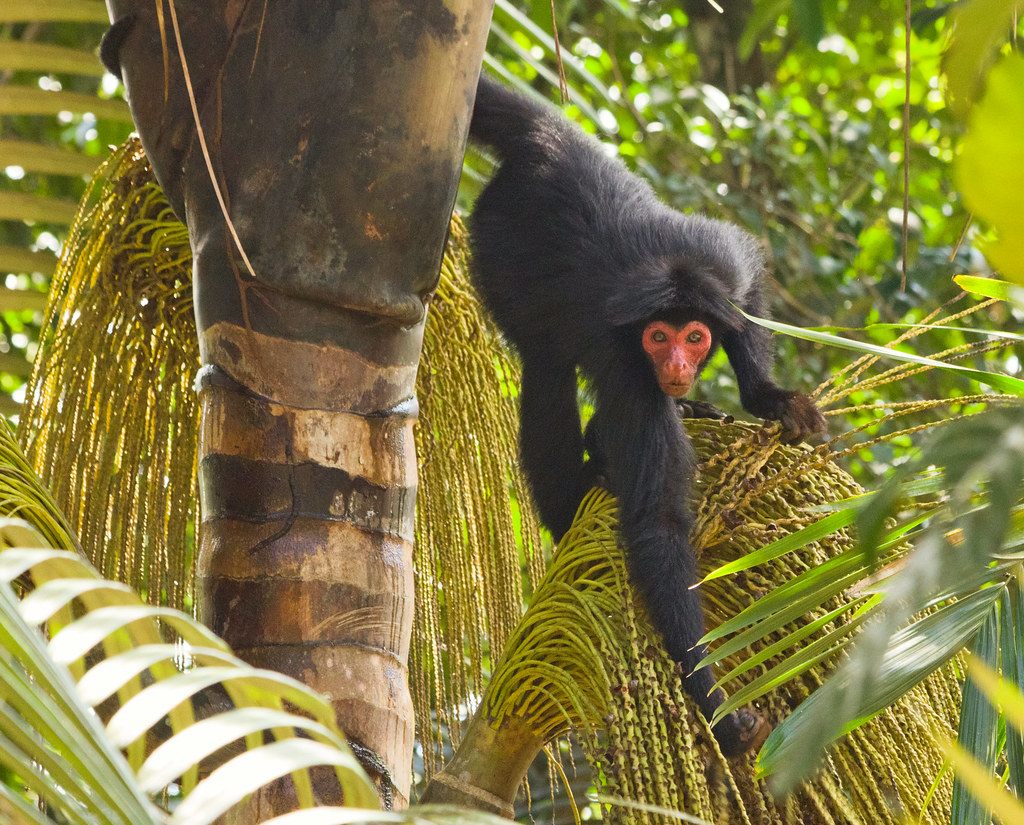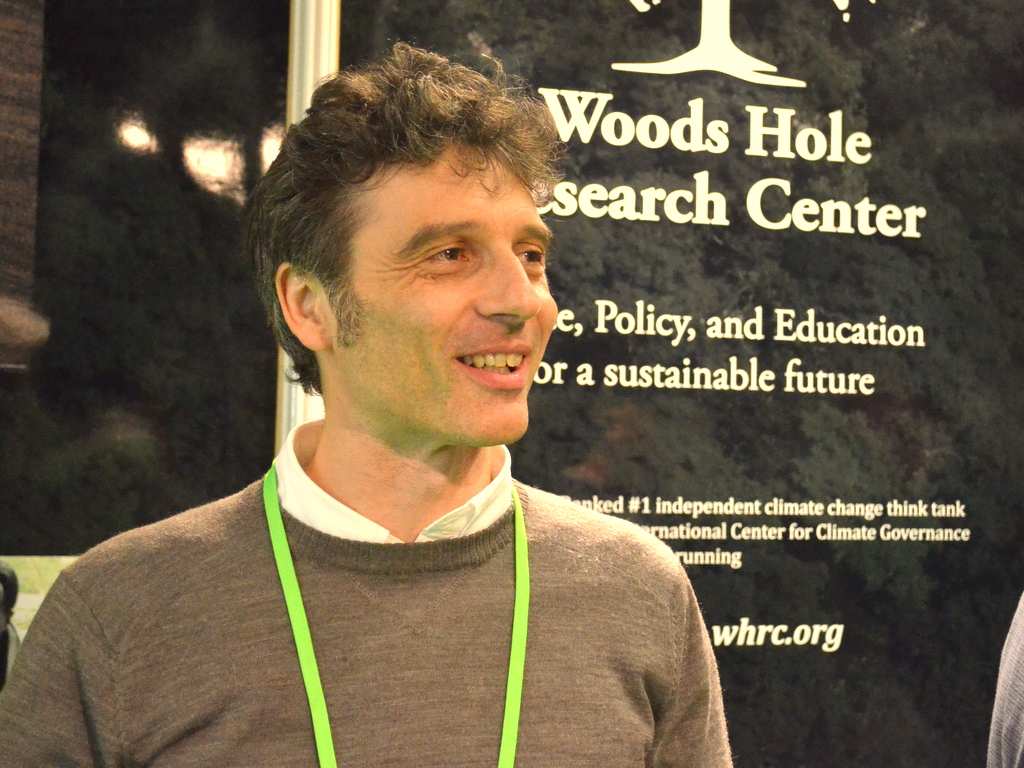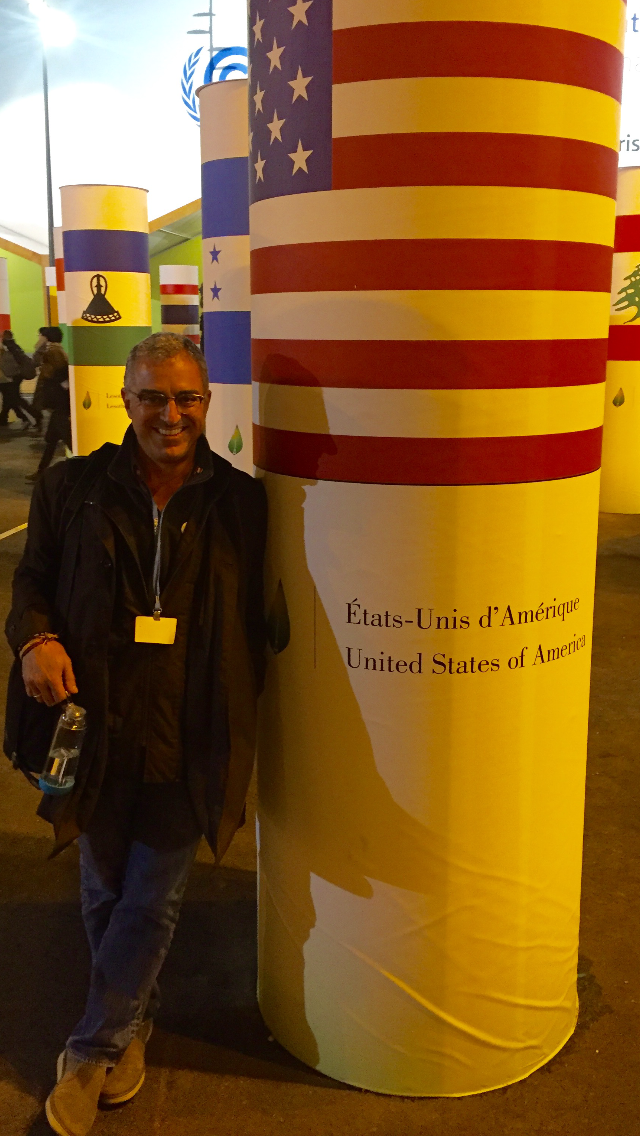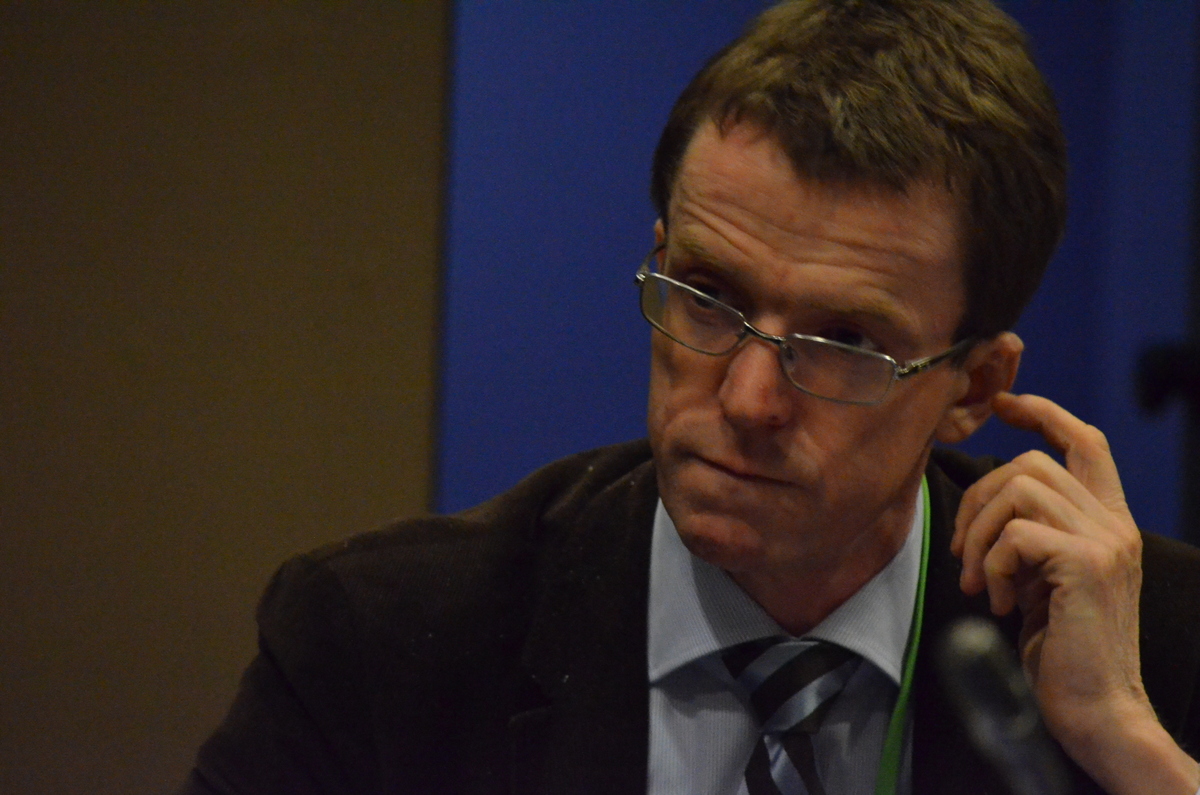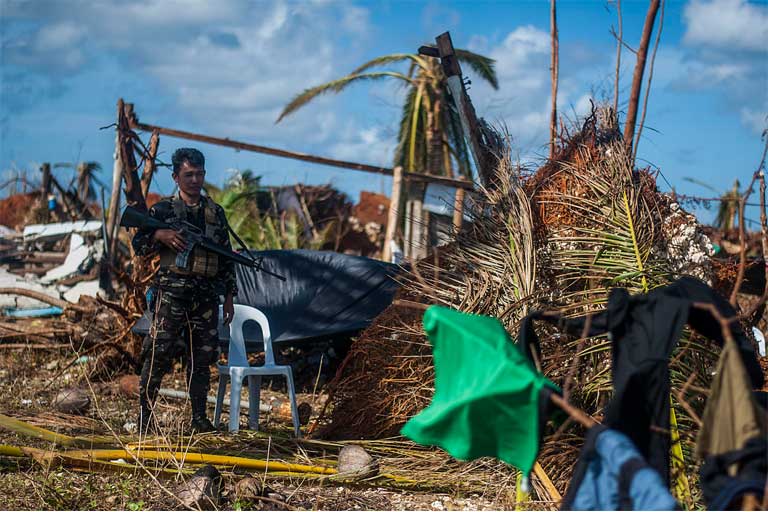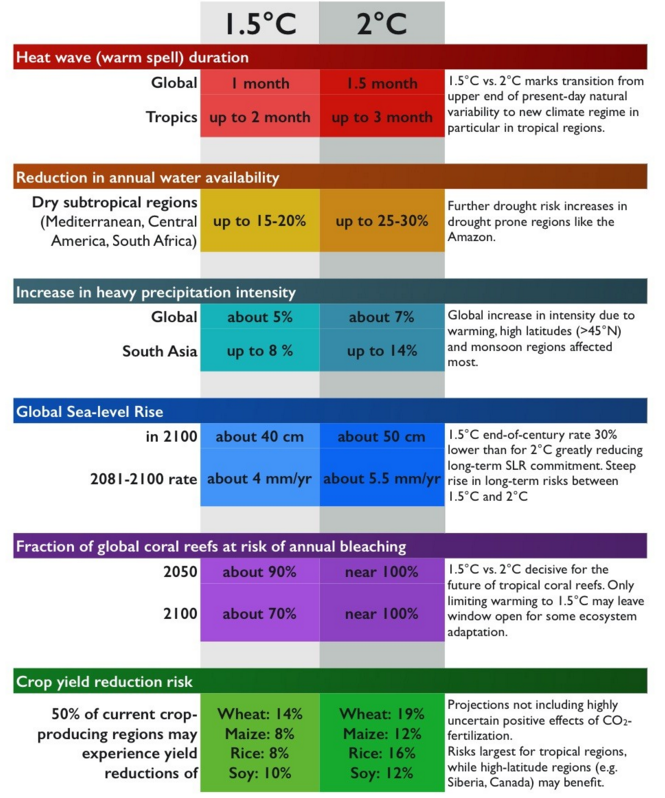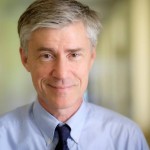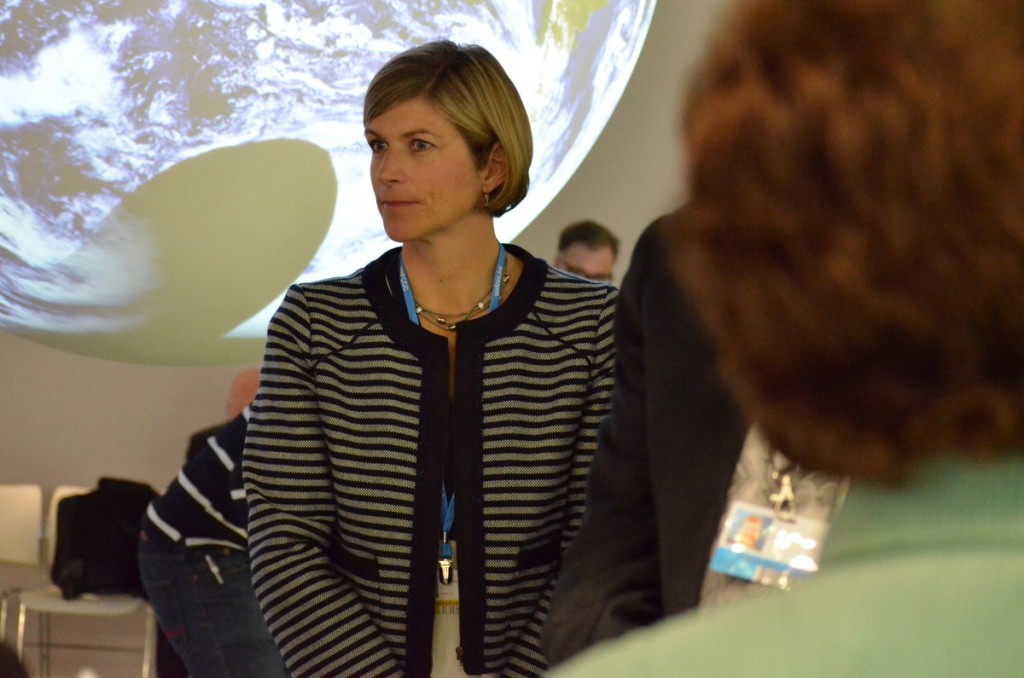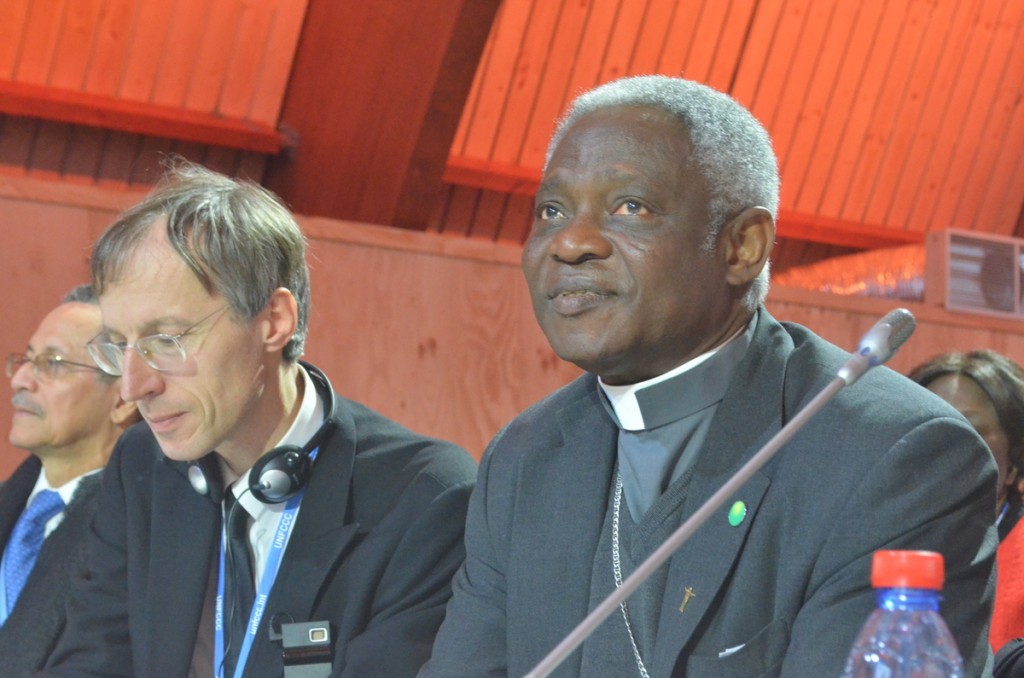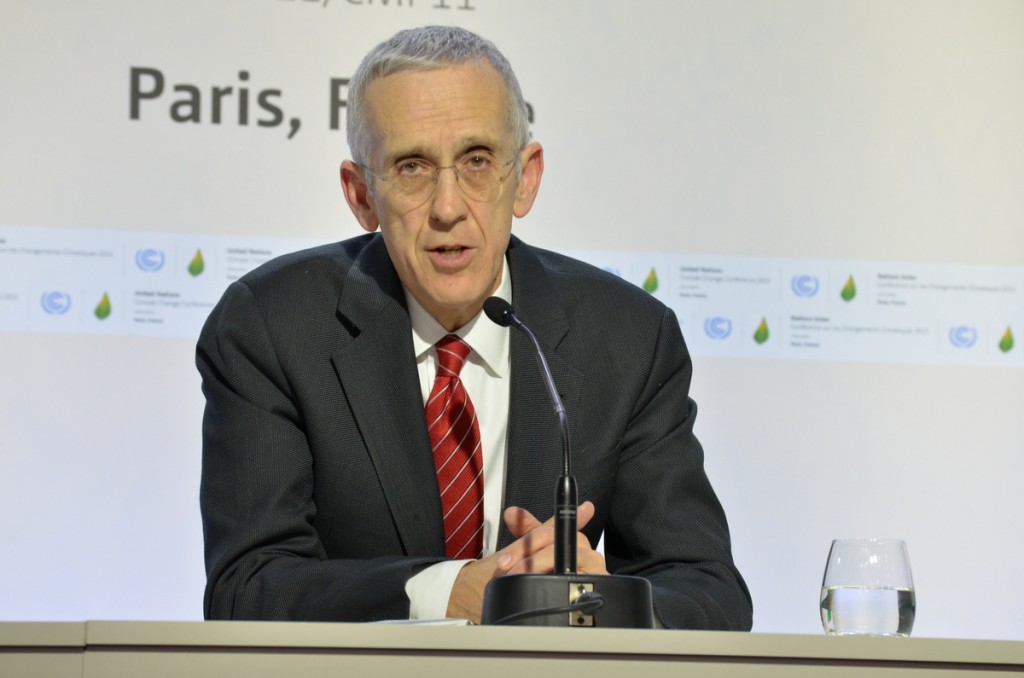
The genesis of this Northern California story began in Paris, France, in March 2024. There, I was visiting my friend and former student Phil Glynn, where he lives with his family. I asked if he knew of any environmental stories in the Pacific Northwest, where I would be traveling in late July. It wasn’t a random question. Phil and his wife Elizabeth, also a former student, run Kansas City-based Travois, a full-service company that facilities economic development and conservation on Indigenous lands across the U.S.
Phil told me about reclamation and restoration of Blue Creek. I recognized its news value and environmental importance immediately, as I explain in this story. What followed in the spring and summer of 2024 was a host of interviews with leaders of Portland, Oregon-based Western Rivers Conservancy, the Yurok tribal leadership and an immersive visit to Northern California, the Klamath River and, most importantly, ice-cold Blue Creek (in which I snorkeled to look for salmon!).
One of the biggest environmental stories of 2024 was the removal of all four dams on the Klamath River, the largest river restoration project in U.S. history. But without the concurrent revitalization of Blue Creek, what was once the West Coast’s third-largest salmon run would have little chance of full recovery. While it took a generation and a pioneering $60 million fundraising effort on behalf of Wester Rivers, the Blue Creek watershed and the salmon are coming back to the Yurok, the land’s rightful stewards — a rare environmental success story involving a timber-rich ecosystem and California’s largest Indigenous tribe.
Mongabay founder and CEO Rhett Butler provided this insightful analysis and commentary of my story on LinkedIn. The story was also cited by Inside Climate News reporter Kiley Price, a former student, in her weekly newsletter, and republished by Resilence.org, a global eco-think tank.


